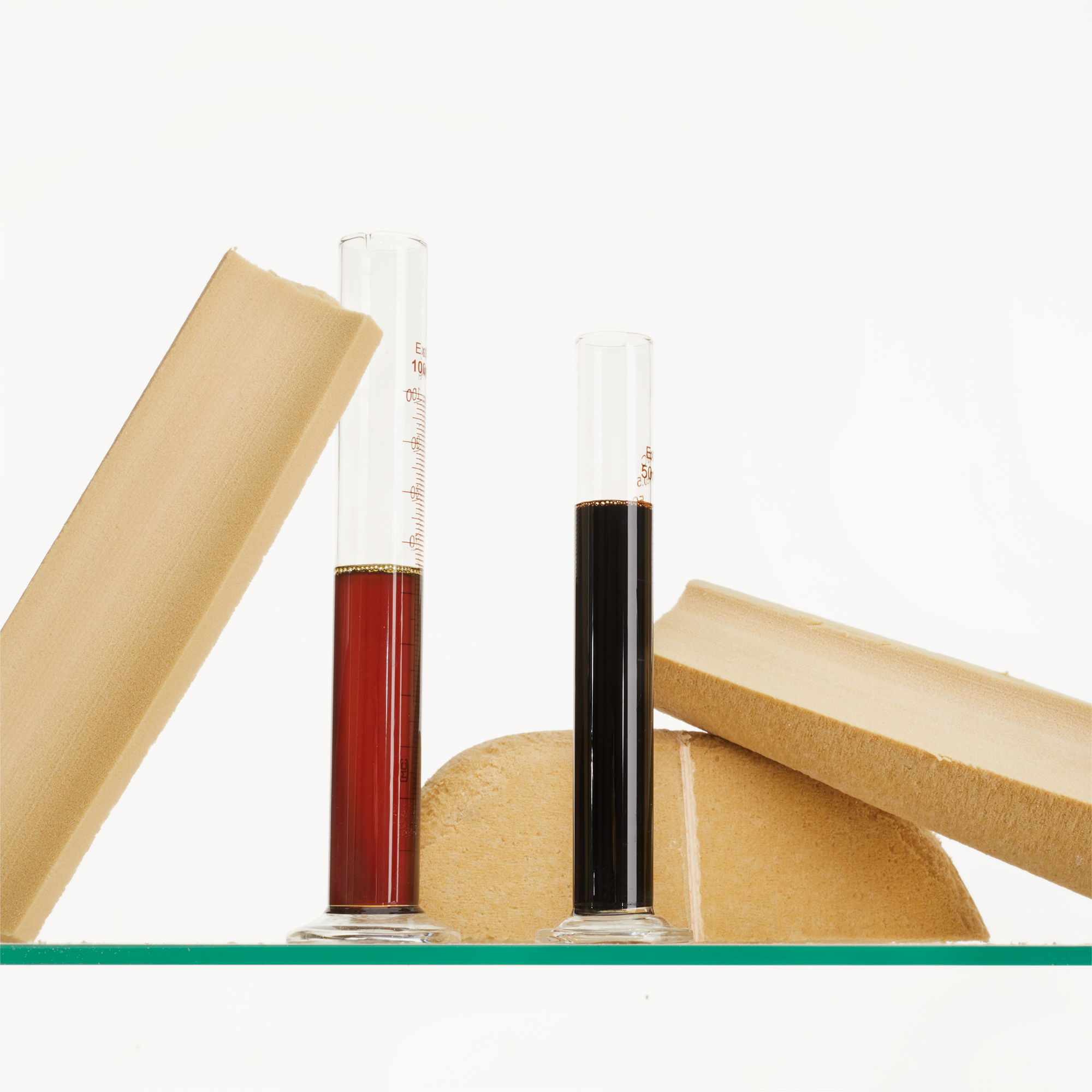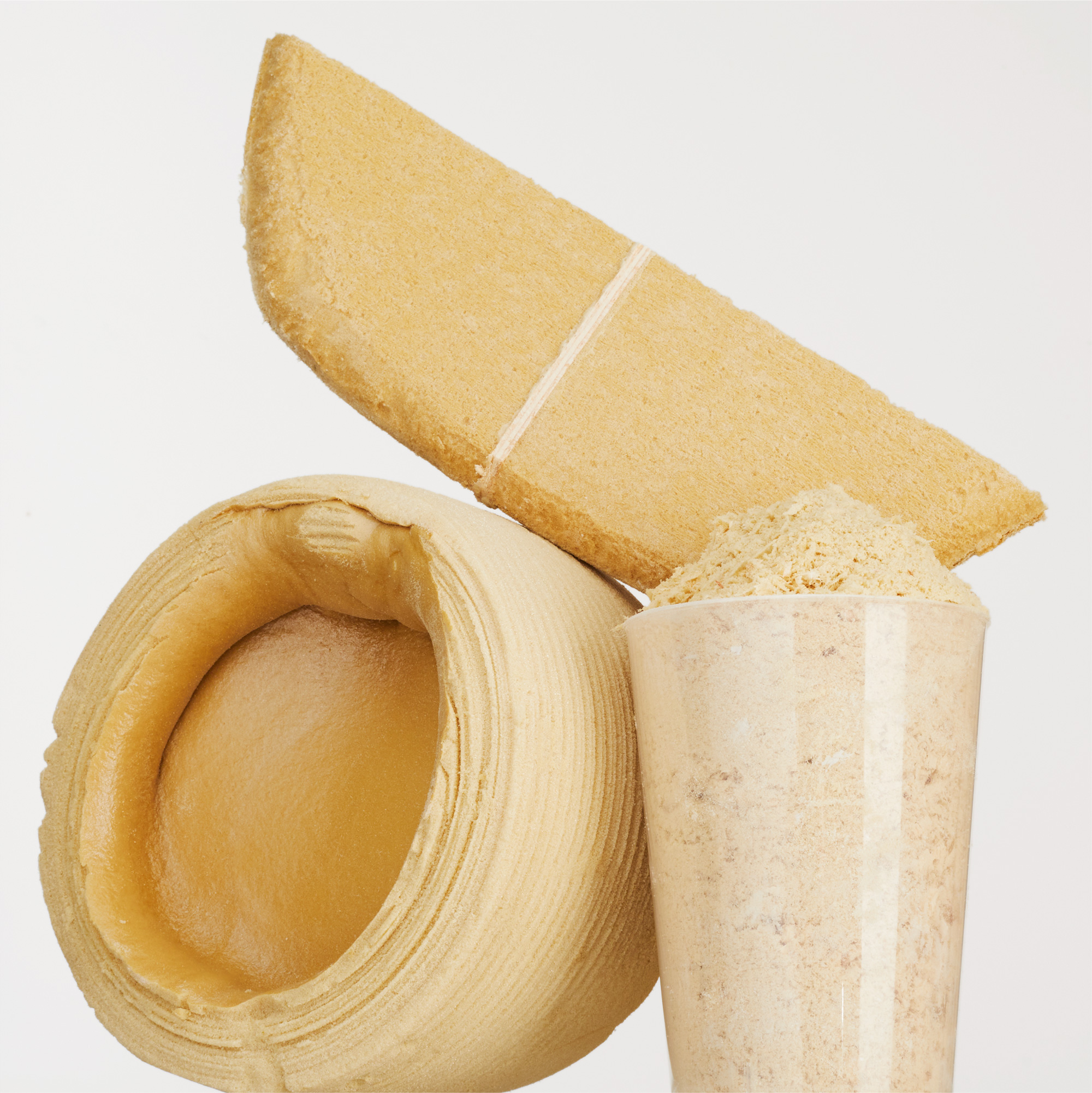
The Future of Surfboard Blanks: Polyola™ Recycling PU Foam
The Polyola™ recycled PU formula: 2/3 recycled material, high performance, and sustainability for modern surfboard blanks.
view story

Vincent Duvignac & Boris Romann: Chasing Winter Swells in Hossegor
Vincent Duvignac and Boris Romann charge Hossegor’s winter swells and rip on boards made with Polyola™ Foam.
view story

How to Shape your own Surfboard – Surfboard Shaping Tutorial Part 1
Discover the basics of surfboard shaping in Part 1 of our DIY guide. Get started with tools, materials, and tips for crafting your first board!
view story
.jpeg)
Southern Roads: Paul Duvignau and Aurélie Guérin’s Ode to Surfing’s Soul
Southern Roads, a stunning surf film by surfer-shaper Paul Duvignau and filmmaker Aurélie Guérin. Watch Paul ride and shape his Polyola blank
view story

Polyola and Arctic Foam Partner to Bring Sustainable Surfboard Blanks to the World
Polyola and Arctic Foam team up to launch surfboard blanks made with ⅔ recycled content and 73% fewer CO₂ emissions. Performance meets responsibility.
view story

EPS vs. PU Foam Surfboard Blanks: Key Differences and How They're Made
Compare EPS and PU surfboard blanks. Learn their differences in production, performance, and sustainability, and why PU foam dominates the industry.
view story

8 NGOs for Ocean Protection every Surfer needs to know
Check out the following list to discover NGOs for Ocean Protection







